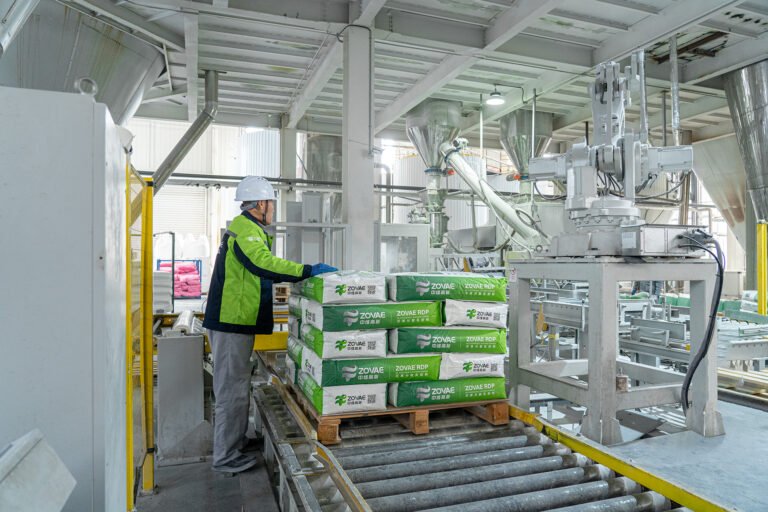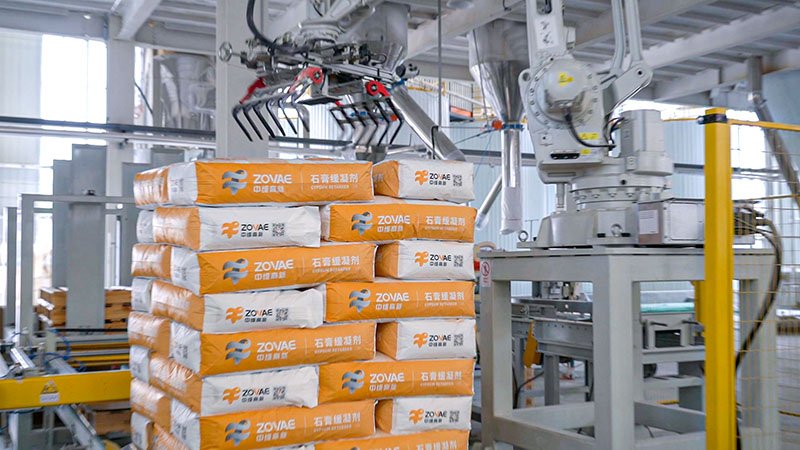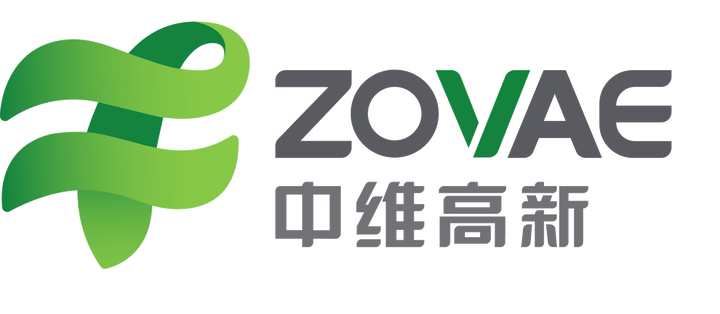
Merry Christmas ZOVAE
Wishing You Joy & Prosperity
Executive Summary
Zovae Gypsum Retarder is a cutting-edge solution engineered to calibrate the setting profile of gypsum-based materials by meticulously moderating the hydration transition from hemihydrate to dihydrate. By strategically slowing nucleation and crystal growth processes, it significantly extends workable time—without jeopardizing final strength—enabling crews to place, mold, and finish with unparalleled precision. This level of control is particularly vital for:
Comprising carefully curated organic or inorganic compounds, Zovae gypsum retarders regulate gypsum reactivity while safeguarding hardened-state performance and durability across diverse applications. This comprehensive guide explores the science behind Zovae Gypsum Retarder, its practical benefits, recommended uses, dosage strategies, compatibility considerations, quality control protocols, troubleshooting frameworks, and implementation roadmaps. The objective is clear: to empower contractors, manufacturers, and engineers with the insights needed to leverage Zovae’s innovative team for consistent, high-quality outcomes in modern building and other construction projects.
Why does controlling gypsum set time matter so profoundly? In an industry where timing equates to quality and efficiency, Zovae Gypsum Retarder offers the key to transforming workflow challenges into seamless execution, ensuring every project meets exacting standards.
Recommended Applications for Zovae Gypsum Retarder
Zovae Gypsum Retarder is meticulously formulated to excel across a broad spectrum of gypsum-based materials, catering to diverse construction and design needs:
By integrating Zovae Gypsum Retarder, contractors and manufacturers gain access to longer workability periods, smoother finishes, and dependable consistency—positioning it as a cornerstone for innovative building and decorative endeavors worldwide.
How Zovae Works: Mechanism in Detail
Understanding the scientific foundation of Zovae Gypsum Retarder unveils its transformative impact on gypsum hydration dynamics:
Historically, set control in gypsum systems relied on rudimentary additives like lime or kerosene, which offered limited predictability. The advent of targeted retarders in the mid-20th century, evolving into Zovae’s sophisticated chemistries today, marks a leap toward precision, allowing tailored open times that align with modern construction demands across climates and project scales.
Benefits at a Glance
How can such control redefine your gypsum projects? With Zovae, the answer lies in transforming tight timelines into opportunities for perfection, meeting both functional and visual expectations with ease.


Chemistry Options (Selected Examples)
Zovae offers a suite of retarder chemistries, each designed to address specific gypsum types and application demands:
Starting-Point Dosages (As Supplied, by Mass of Gypsum Binder)
Dosage must be adjusted based on material type, target open time, and temperature conditions. Validation through lab and field trials is essential:
Application Notes
Compatibility and Synergy
Quality Control Checklist
Fresh-State Monitoring
Hardened-State Evaluation
Troubleshooting Quick Guide
Best-Practice Dosing and Sequencing
Implementation Roadmap
Environmental and Safety Notes
Frequently Asked Questions
Case Studies Illustrating Impact
Sustainability and Cost-in-Use Benefits
Why Choose Zovae?
Closing Perspective
Zovae Gypsum Retarder redefines the art and science of gypsum application by offering precise control over setting profiles, ensuring extended workability without compromising strength or durability. Through sophisticated moderation of hydration dynamics—via nucleation delay, surface-site blocking, and supersaturation management—it empowers contractors and manufacturers to tackle large-scale constructions, complex moldings, and delicate decorative works with confidence. From predictable open times to superior finish quality and process stability, Zovae delivers results that elevate project outcomes across diverse gypsum materials, from plasters to precast elements. Begin by defining your set time targets, selecting the optimal Zovae grade, and embedding robust SOPs backed by data-driven trials. The result is gypsum craftsmanship that is easier to execute flawlessly, harder to falter, and built for lasting impact.


Please leave your contact information, and Zovae’s sales team will provide you with dedicated service.
